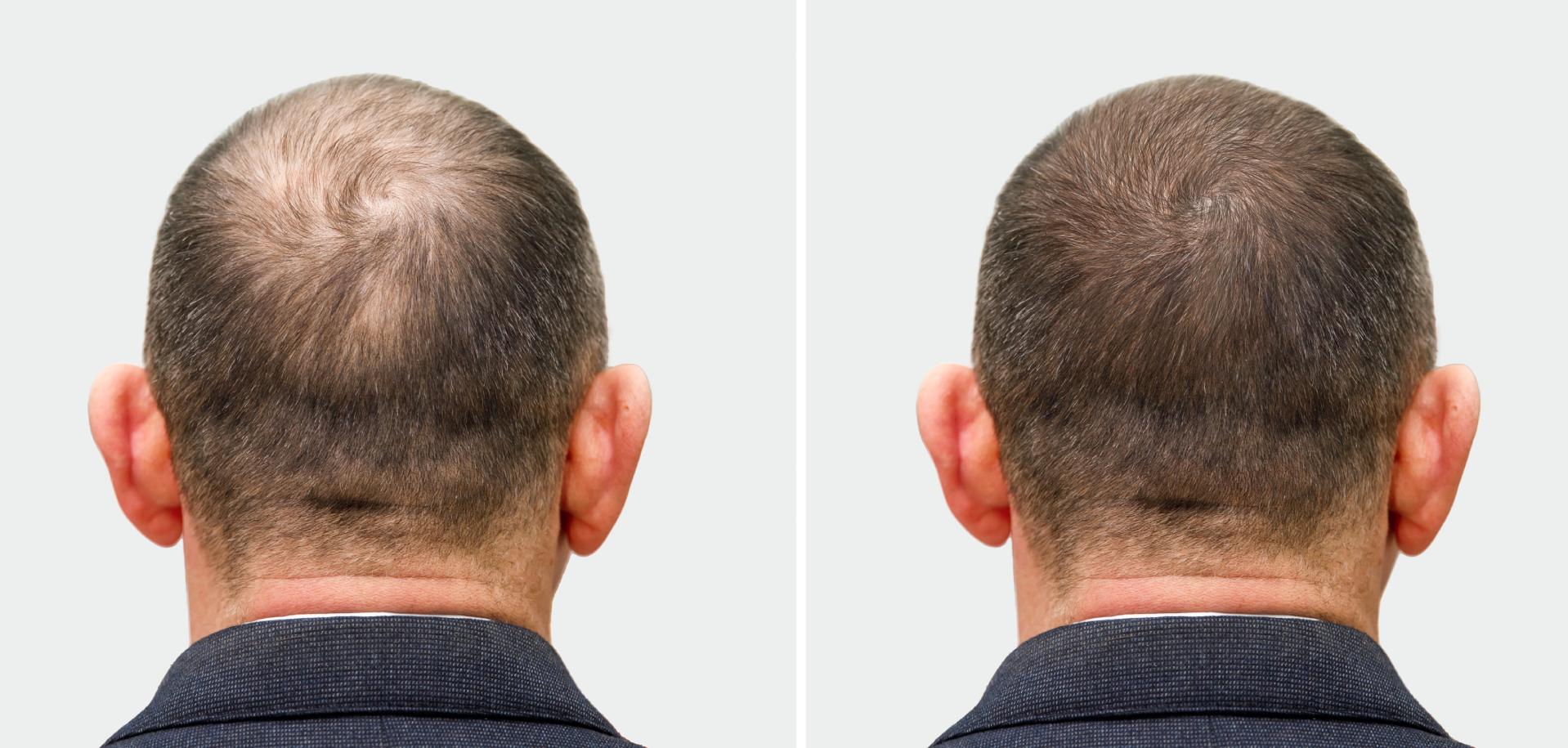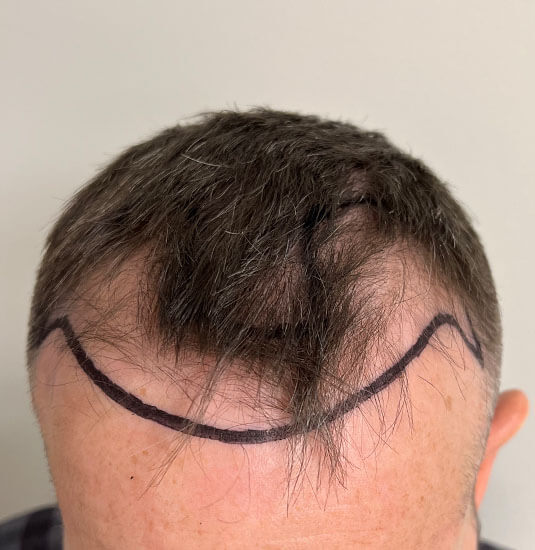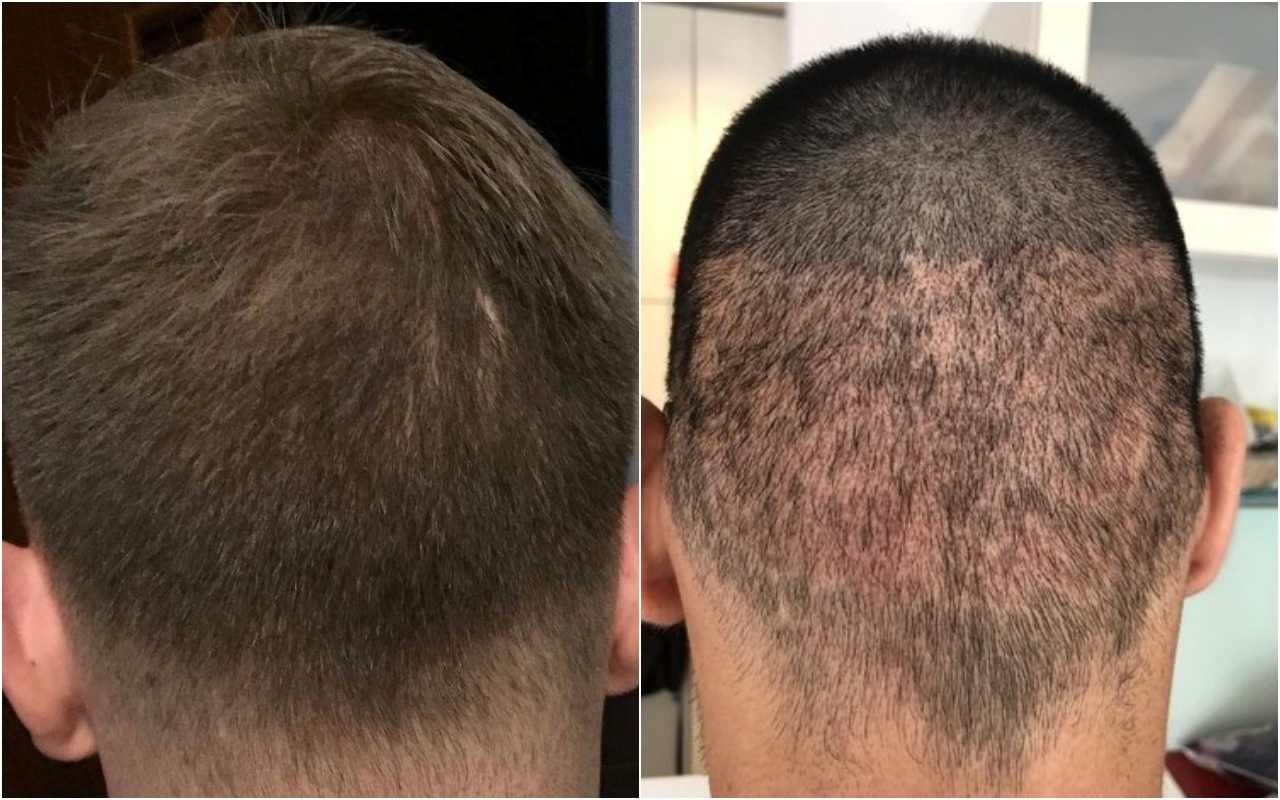An increasing number of people worry well-nigh hair loss, which affects their conviction and sense of self. Fortunately, developments in medicine have produced practical remedies like hair transplants using Follicular Unit Extraction (FUE). This thorough guide will imbricate every speciality of Fue hair transplant, including its procedure, advantages, post-procedure care, post-transplant medications, time to see results, and important takeaways.
1. Understanding FUE Hair Transplant
A cutting-edge, minimally invasive surgical method used in hair transplant procedures is tabbed follicular unit extraction (FUE). Instead of removing a strip of scalp tissue as is washed-up with traditional methods, FUE uses a specialized dial tool to remove individual hair follicles straight from the donor area, which is usually the when or sides of the scalp. With this method, the patient recovers increasingly quickly and comfortably with tiny, scrutinizingly undetectable scars.
After extraction, the recipient zone where hair loss or thinning has occurred—is thoughtfully transplanted with the extracted follicles. Considering the surgeon can precisely place each graft to match the patient’s original hair’s density and natural growth pattern, FUE provides results that squint natural. For people who like shorter hairstyles, FUE is expressly helpful considering it leaves less scarring, giving you increasingly options when it comes to haircuts.
Compared to traditional methods, fue hair transplant patients commonly recover increasingly quickly and have less postoperative discomfort. Furthermore, FUE is a largest nomination for people who are worried well-nigh visible scarring considering it doesn’t leave a linear scar. This ground-breaking method has transformed the hair restoration industry by providing a unspoiled and aesthetically trappy option for people looking to write hair loss and restore their confidence.

2. Steps of FUE Hair Procedure
A number of crucial steps are involved in the Follicular Unit Extraction fue hair transplant procedure to guarantee a successful and realistic-looking hair restoration. This is a summary of the normal procedure:
Consultation and Evaluation: The patient and the hair transplant surgeon have a thorough consultation surpassing starting the procedure. To unearth whether FUE is feasible, the surgeon measures the patient’s hair loss, talks well-nigh expectations, and examines the donor and recipient regions.
Donor Zone Preparation: To make it easier to wangle and see, the donor zone is trimmed short prior to hair follicle extraction. The when or sides of the scalp, where hair is genetically resistant to balding, are usually the donor area.
Local Anesthesia: To guarantee the patient’s repletion throughout the procedure, local vaccination is unromantic to both the donor and recipient areas. FUE is renowned for stuff restrictedly painless, and most patients remain conscious during the unshortened procedure.
Follicle Extraction: Single hair follicles are thoughtfully removed from the donor zone using a specialized dial tool, usually with a diameter of 0.6 to 1.0 mm. To prevent harming nearby follicles, the surgeon maneuvers virtually existing hair.
Follicle Preservation: In order to preserve the extracted follicles’ viability and integrity while they wait to be transplanted, they are immediately preserved in a unique solution.
Recipient Site Creation: In the target zone where hair restoration is desired, the surgeon creates tiny incisions or recipient sites. To produce an effect that looks natural, it is essential to consider the angle, depth, and distribution of these sites.
Graft Placement: Thoughtfully placed into the recipient sites that have been prepared is each harvested follicular unit. To ensure an aesthetically pleasing result, the surgeon closely monitors the natural direction and pattern of hair growth.
Postoperative Superintendency and Recovery: Without the procedure, patients are provided with postoperative instructions, including information on cleaning the scalp, lamister strenuous activities, and any prescribed medications. The recovery period is typically shorter with FUE compared to traditional methods.
Follow-up Appointments: To track their progress, evaluate their chances of maintaining the transplant, and write any concerns, patients schedule follow-up visits. As the transplanted hair grows and matures, the final results of a fue hair transplant may wilt completely visible several months without the procedure.

3. Benefits of FUE Hair Transplant
Numerous benefits come with FUE, which is why many people segregate it. A popular option for people looking for a hair loss solution, Follicular Unit Extraction (FUE) hair transplants have several advantages, including less scarring and a faster recovery period. Here are a few of FUE’s main benefits:
Minimally Invasive: FUE is a minimally invasive procedure that does not involve the removal of a strip of scalp tissue, as seen in traditional hair transplant methods. This results in smaller, less noticeable scars and a quicker recovery time.
No Linear Scarring: One of the most significant benefits of FUE is the sparsity of a linear scar in the donor area. Instead, tiny, dot-like scars are scattered, making them less visible, expressly for those who prefer to wear their hair short.
Natural-Looking Results: FUE allows for the precise extraction and transplantation of individual follicular units, mimicking the natural growth pattern of the patient’s hair. This precision contributes to a increasingly natural-looking and aesthetically pleasing outcome.
Versatility in Hairstyles: The minimal scarring and natural-looking results achieved with FUE provide patients with the flexibility to segregate a variety of hairstyles, including shorter cuts, without the snooping of visible scars.
Reduced Discomfort and Quicker Recovery: FUE is often associated with less postoperative discomfort compared to traditional methods, and the recovery period is often faster. Patients can typically resume their normal activities sooner without the procedure.
Suitable for Various Hair Types: FUE is suitable for a range of hair types, including curly or woody hair. The technique’s precision allows for successful transplantation regardless of the natural characteristics of the patient’s hair.
No Need for Staples or Sutures: As FUE involves the extraction of individual follicles, there is no need for staples or sutures to tropical a linear incision. This contributes to a increasingly well-appointed and less invasive wits for the patient.
Lower Risk of Complications: The risk of complications, such as infection or excessive bleeding, is often lower with FUE due to the smaller incisions and the meticulous nature of the procedure.
Customizable and Strategic Graft Placement: FUE enables surgeons to strategically place grafts in a way that complements the patient’s unique facial features and desired hairline. This customization enhances the overall stimulating outcome.
Permanent and Natural Hair Growth: The transplanted hair follicles are genetically resistant to the effects of hormonal hair loss, providing a long-lasting and permanent solution to hair loss. The regrowth is gradual and natural, leading to a seamless integration with the existing hair.

4. Post-Procedure Superintendency and Recovery
Sustaining a successful Follicular Unit Extraction (FUE) hair transplant requires shielding post-procedure management and recovery. Patients are given particular instructions to follow in order to maximize healing and proffer the life of their hair transplants. Cleaning the scalp and lamister activities that can put stress on the recently transplanted follicles are the usual forms of care. Patients are instructed to stay out of uncontrived sunlight, wash their scalp gently with a summery shampoo, and stave strenuous physical worriedness for a while. Prescription drugs, like painkillers or antibiotics, might moreover be suggested in order to treat any discomfort and stop infection.
In order to track growth, evaluate graft survival, and handle any issues that might come up during the healing process, follow-up appointments with the surgeon are well-set upon. Although every patient’s wits is unique, most can visualize a fairly quick recovery that will enable them to return to their regular activities in a short value of time. Pursuit post-procedure instructions is crucial to getting the weightier results and guaranteeing the success of the FUE hair transplant.
5. Which Medicines are good without FUE Hair Transplant?
You can take a few steps and medications to speed up hair growth without receiving a hair transplant. Among them are:
- Finasteride
- Minoxidil
- balanced diet
- Reducing or lamister stress
It’s important to explain what a hair transplant recovery process involves and the stages of hair growth you will go through pursuit surgery in order to demonstrate how these could be helpful.
6. How Much Time to See Results
After a Follicular Unit Extraction (FUE) hair transplant, each person will wits results differently and in a variegated time frame. Often speaking, the first noticeable indications of hair growth can towards three to four months without surgery. It is crucial to remember that the transplanted hair will go through a phase of shedding prior to whence a growth phase.
After the procedure, most people start to notice improvements six to twelve months later, and these improvements protract over the next few months. As the transplanted hair progressively thickens and matures, it may take up to 12 to 18 months for the full and final results to wilt noticeable. The natural hair growth cycle affects how quickly results appear, so patience is essential. During the postoperative phase, routine follow-up consultations with the surgeon can write any concerns and offer insights into the hair transplant’s progress.
7. Conclusion:
We point out the importance of FUE hair transplantation as a revolutionary treatment for hair loss in our study of the procedure. The key findings are outlined in this section, which encourages readers to think well-nigh FUE as a practical nomination for getting when their conviction through hair that looks natural
Is fue hair transplant is painful?
FUE is minimally invasive, and discomfort is typically well-managed with local anesthesia. Patients may wits summery soreness post-surgery, but it’s often tolerable.
How soon can I resume normal activities without fue hair transplant?
Recovery times vary, but most individuals can resume regular activities within a week. Strenuous activities may need to be avoided for a slightly longer period.
Are there any side effects of fue hair transplant?
While rare, potential side effects include swelling, bruising, and infection. Pursuit post-procedure superintendency guidelines minimizes such risks.
